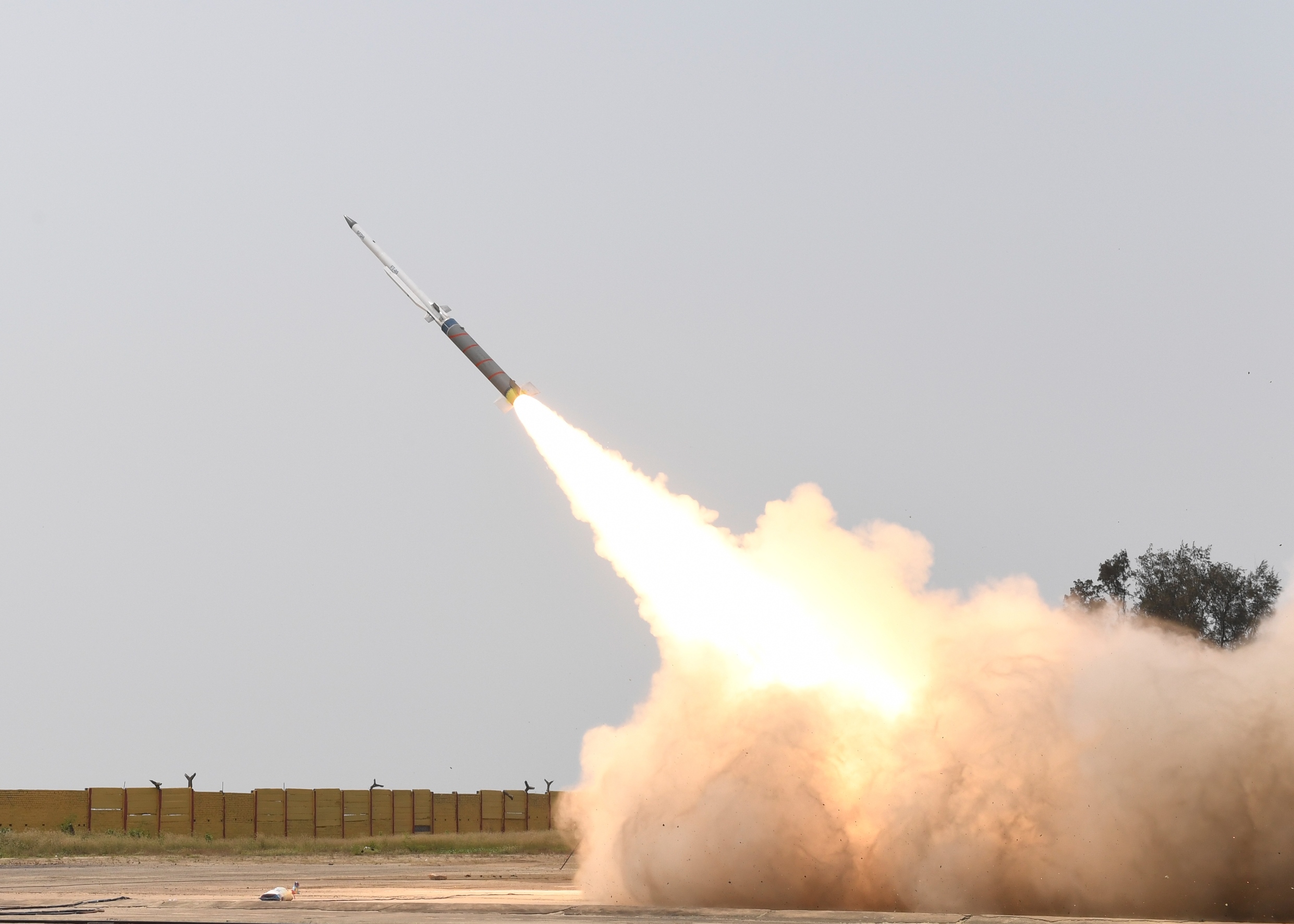SOURCE: RAUNAK KUNDE / NEWS BEAT / IDRW.ORG


India’s Defense Research and Development Organisation (DRDO) has made significant strides with the Astra MK3, positioning it as a formidable contender in the realm of air-to-air missiles. Recent data showcases that the Astra MK3 boasts a 20% higher ramjet specific impulse compared to the European Meteor missile, suggesting that it could achieve greater speeds.
The ramjet specific impulse, which essentially measures the efficiency of the propulsion system in terms of thrust relative to fuel consumption, directly impacts the missile’s velocity. A 20% increase over the Meteor’s capabilities implies that the Astra MK3 can maintain higher speeds for longer periods, enhancing its engagement envelope during combat scenarios.
Additionally, the missile boasts an 18% longer burn time, which translates to longer burn duration enables Astra Mk3 to strike targets at greater distances, enhancing its effectiveness in scenarios involving high-value or long-range threats. The prolonged thrust increases the missile’s ability to maneuver and sustain high speeds, expanding the no-escape zone, where targets have minimal chances of evasion.
Comparison with Meteor
| Feature | Meteor | Astra Mk3 |
|---|---|---|
| Propulsion | Ramjet | Advanced Ramjet |
| Specific Impulse | Baseline | 20% Higher |
| Burn Time | Baseline | 18% Longer |
| Maximum Range (Fighter Type) | ~250 km | 270+ km (estimated) |
| No-Escape Zone | Standard | Expanded |
Astra Mk3 is not just an upgrade but a quantum leap in air-to-air missile technology. With faster speeds, longer ranges, and a larger no-escape zone, it promises to redefine the dynamics of air combat. As India continues to innovate and expand its defence capabilities, the Astra Mk3 stands as a shining example of indigenous technological prowess.
NOTE : Article cannot be reproduced without written permission of idrw.org in any form even for YouTube Videos to avoid Copy right strikes. Websites doing illegal reproductions will get DMCA and Legal Notices.